The best bear habitat in the world is facing an environmental crisis
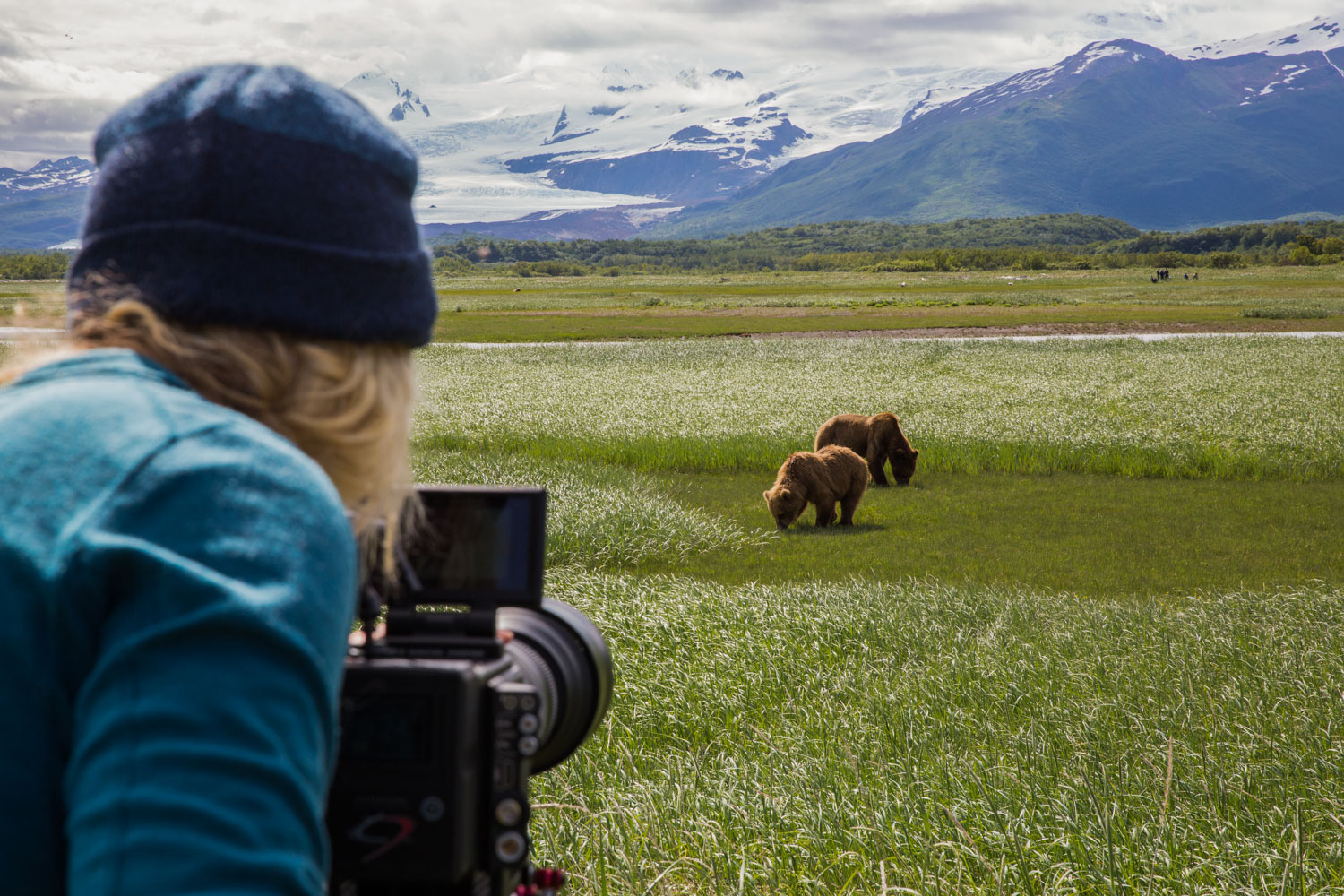
Saving the Bears of Bristol Bay
Photography and Words by Erin Ranney
The best bear habitat in the world is facing an environmental crisis. An Alaskan-born filmmaker and third-generation commercial fisher writes on how protecting Bristol Bay from the proposed Pebble Mine can help save Alaska’s bears.
I hear the clicking noise, one that comes from a bear when agitated, distinct over the salmon splashing in the river, and I watch as a big brown bear covered in scars and a gash under his ear starts to approach. I focus my attention to how the sow with cubs responds. Watching her body language change, her eyes flicking from the male to us.
She comes closer, moving around us so that we are between her and the male. The male pauses, looks at us, then turns and heads back to the river. She slowly relaxes her body as her spring cubs start to play around her, wrestling with each other. Every couple of minutes, they glance back to make sure their mom is still there.
I never expected interactions like this to become part of my job, but now many of my summers shoots are on Alaska bears for wildlife documentaries.
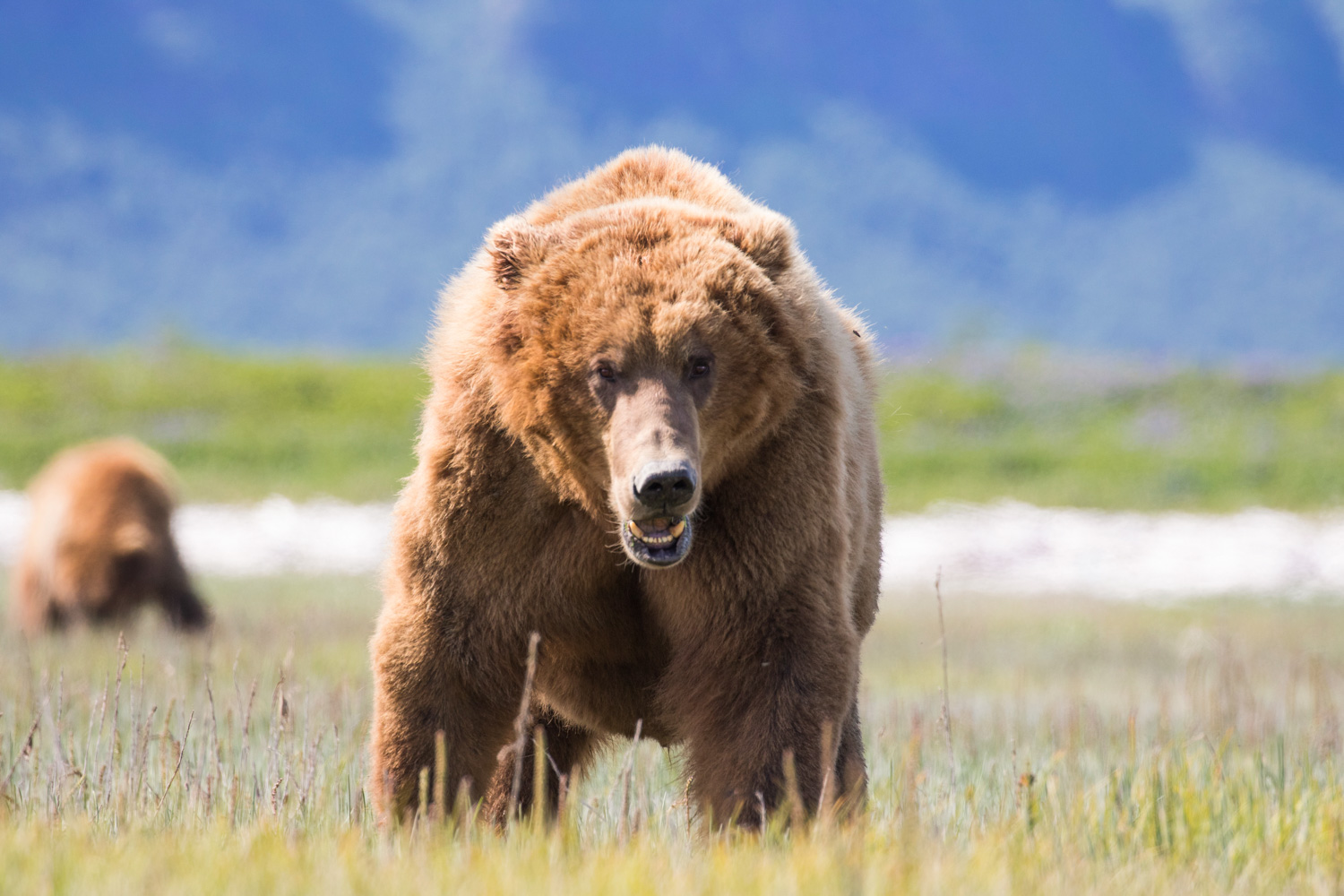
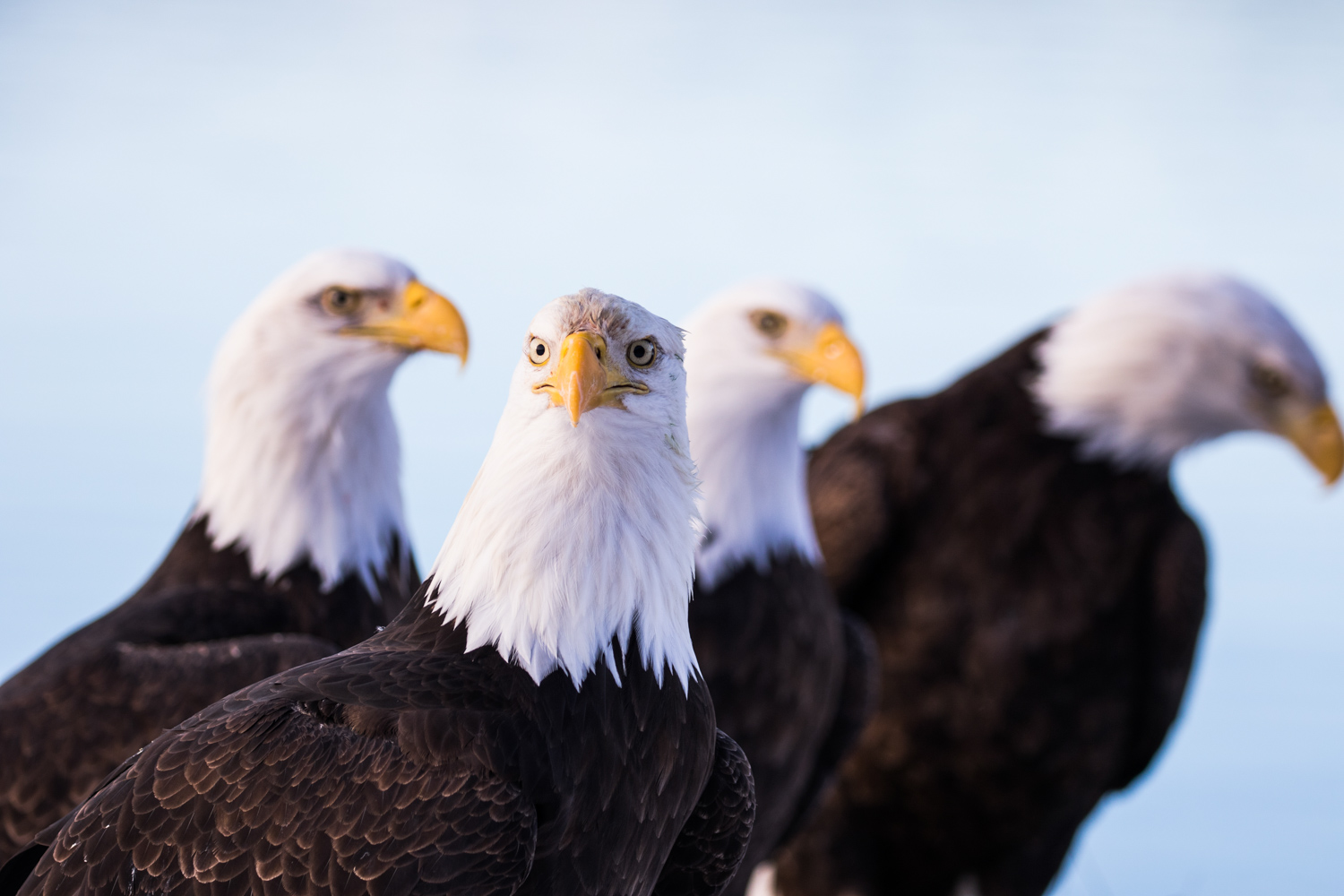
Iconic species under threat
When people hear about Alaska, big brown bears and salmon always come to mind. Bears are a charismatic species – innovative and adaptable. For many, photographing and seeing them are at the top of their bucket list, and Alaska is the ideal place to go. The scenery is almost unreal with towering mountains and beautiful glaciers; on remote rivers like McNeil River, you can find over 50 bears fishing at one time.
With good management, Alaskans have found a way to bring people into some of the wildest remaining places in the world so we can observe these animals. Because of this, the bear viewing industry in Alaska now generates over $36.3 million and contributes to 490 jobs.
The best bear habitat in the world is facing an environmental crisis: one of the largest potential open-pit mines in the world: Pebble Mine. The Army Corps of Engineers’ Final Environmental Impact Statement was just released on July 23, 2020 giving momentum for Pebble’s permits. This momentum comes despite finding it will permanently damage 185 miles of streams and 3,841 acres of wetlands.
“The best bear habitat in the world is facing an environmental crisis: one of the largest potential open-pit mines in the world: Pebble Mine.”
Spanning impacts of the Pebble Mine project
It would place the largest earthen dam in the world into a seismic area between the headwaters of two of the major salmon producing rivers that feed into Bristol Bay (Kvichak and Nushagak). Bristol Bay and the rivers are home to the largest salmon runs in the world.
With the processes used to extract the minerals, toxins and acid waste would require treatment in the tailing waste ponds in perpetuity. Trapped in a mind-numbing uncertainty, Bristol Bay and its waters would face an endless threat of toxins and waste.
Pebble’s plan would require an industrial port and road corridor, changing the dynamics and relationships with bears in these areas. Habitat loss and fragmentation would occur from construction of the mine and power plant.
Despite the fact that bears are landscape-scale animals that have been known to travel up to 100 between food resources, the FEIS report only looked at impacts 3-miles from the sites. And on top of that, the mine endangers the bears’ most important food source: salmon.
Fishermen, guides, and Tribes unite
It was not the bears that introduced me to this issue. Pebble Mine has been a looming threat over Bristol Bay and the Alaska Peninsula for well over a decade. And because of the large impact it would have on the area, it affects a variety of people and communities, from commercial fishermen to bear guides to the Native Tribes. This level of impact has also led to unexpected groups coming together to fight as one.
I was introduced to the Pebble Mine fight when I was just 14. It is the earliest I remember seeing the “No Pebble Mine” flags waving as I landed in the Egegik district of Bristol Bay. My family has commercial fished for three generations in Bristol Bay; my dad, sisters, aunts, and grandma still all fish.
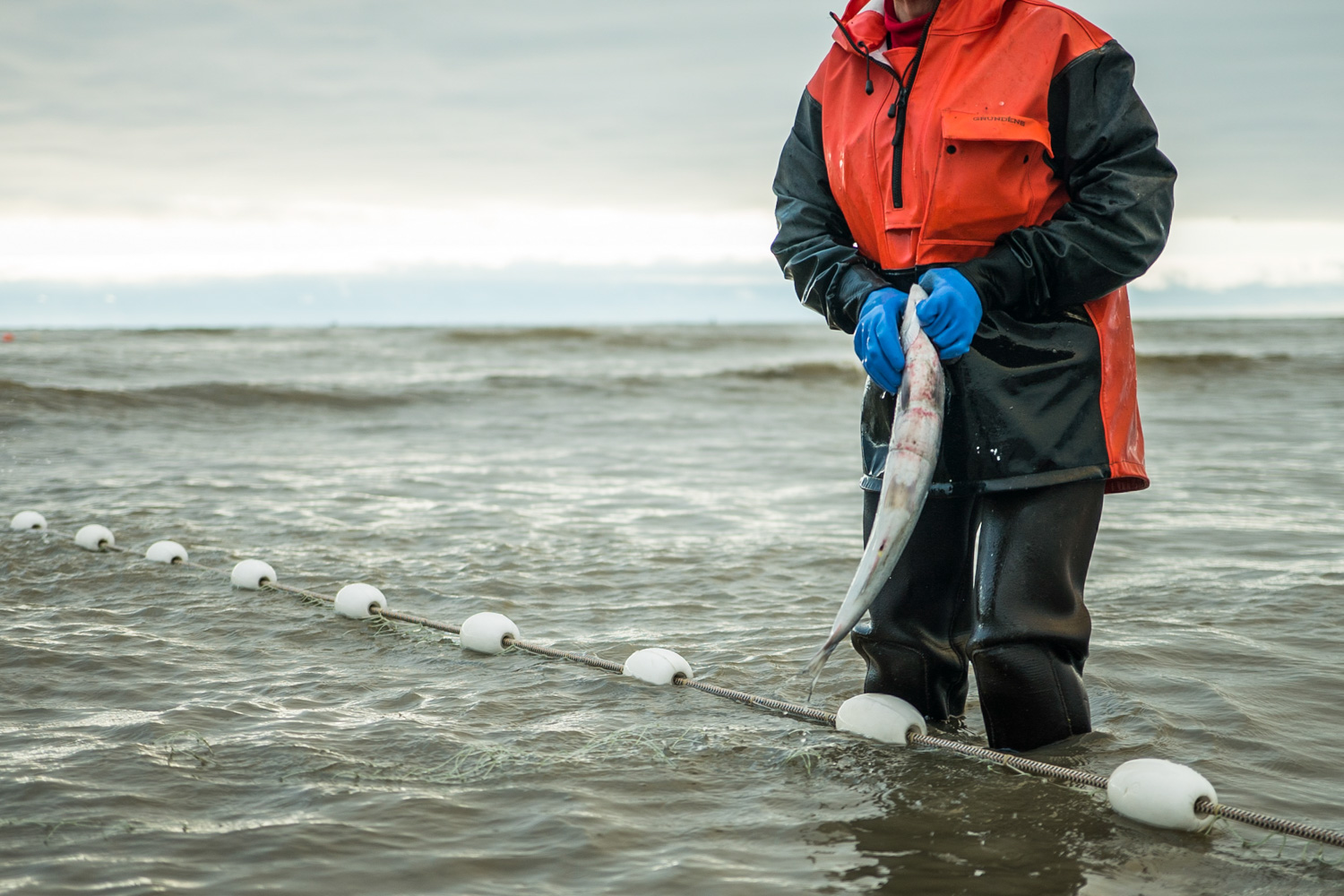
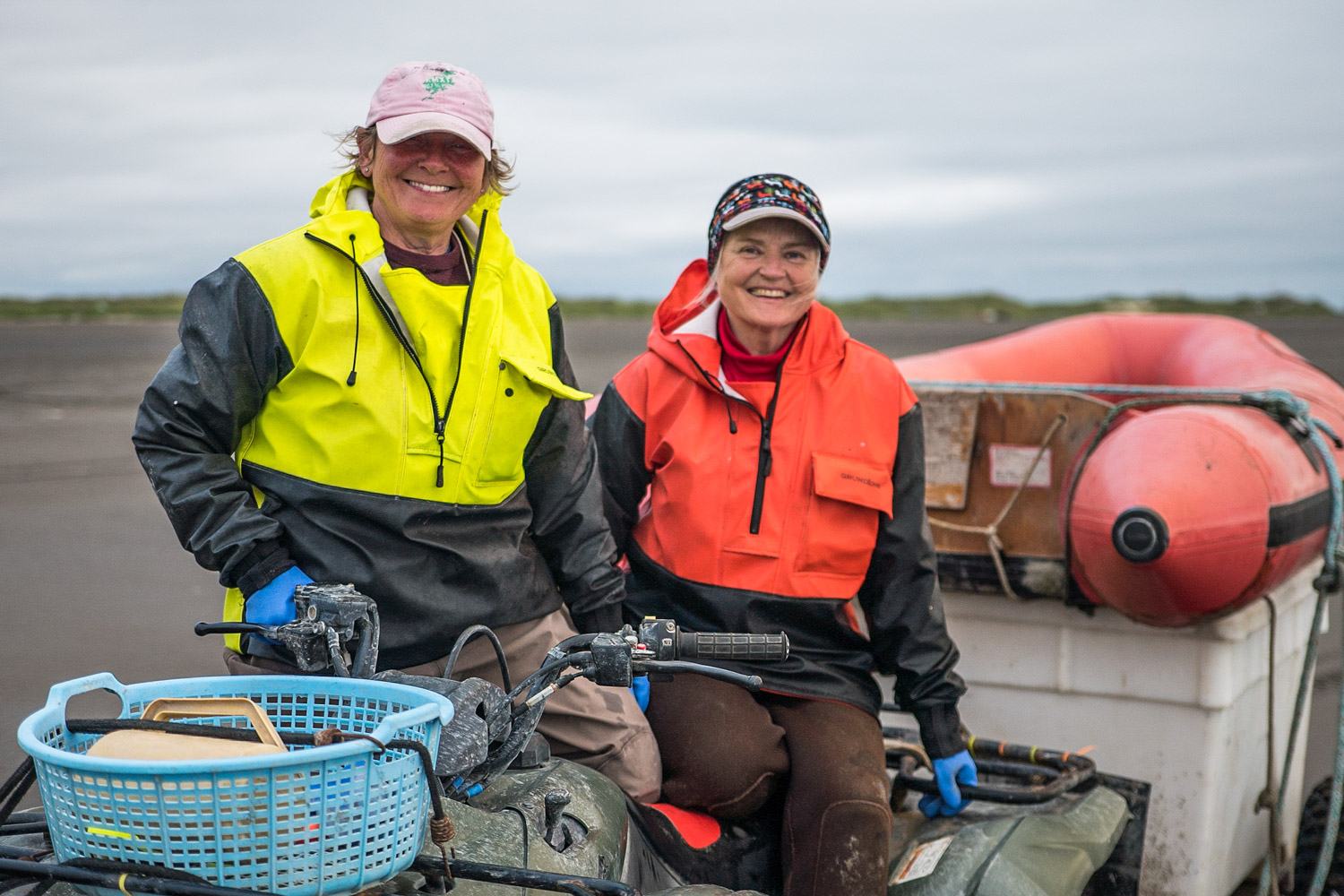
Each year, we join over 14,000 people whose work revolves around the salmon of the Bay. Every permit represents a small business owner. Each year we see millions of fish migrating from the ocean to the river systems. This year alone the Bristol Bay salmon run was over 55 million salmon. The commercial fishery alone is worth $1.5 billion annually. And in the heart of Bristol Bay is the location for proposed Pebble Mine.
Taking a stand for the last stronghold
We’ve lost healthy salmon runs in almost every other part of the world through disregard for the environment and the importance of a protected complete habitat. Bristol Bay is truly one of the last strongholds. And with intensive and strict management from the state, the Bay has had record breaking runs over the last five years. Risking this seems unbelievable.
“…when you take anything at all from an ecosystem, whether it is salmon or even photos, then it is your responsibility to protect that ecosystem and ensure that it is healthy for the next generation.”
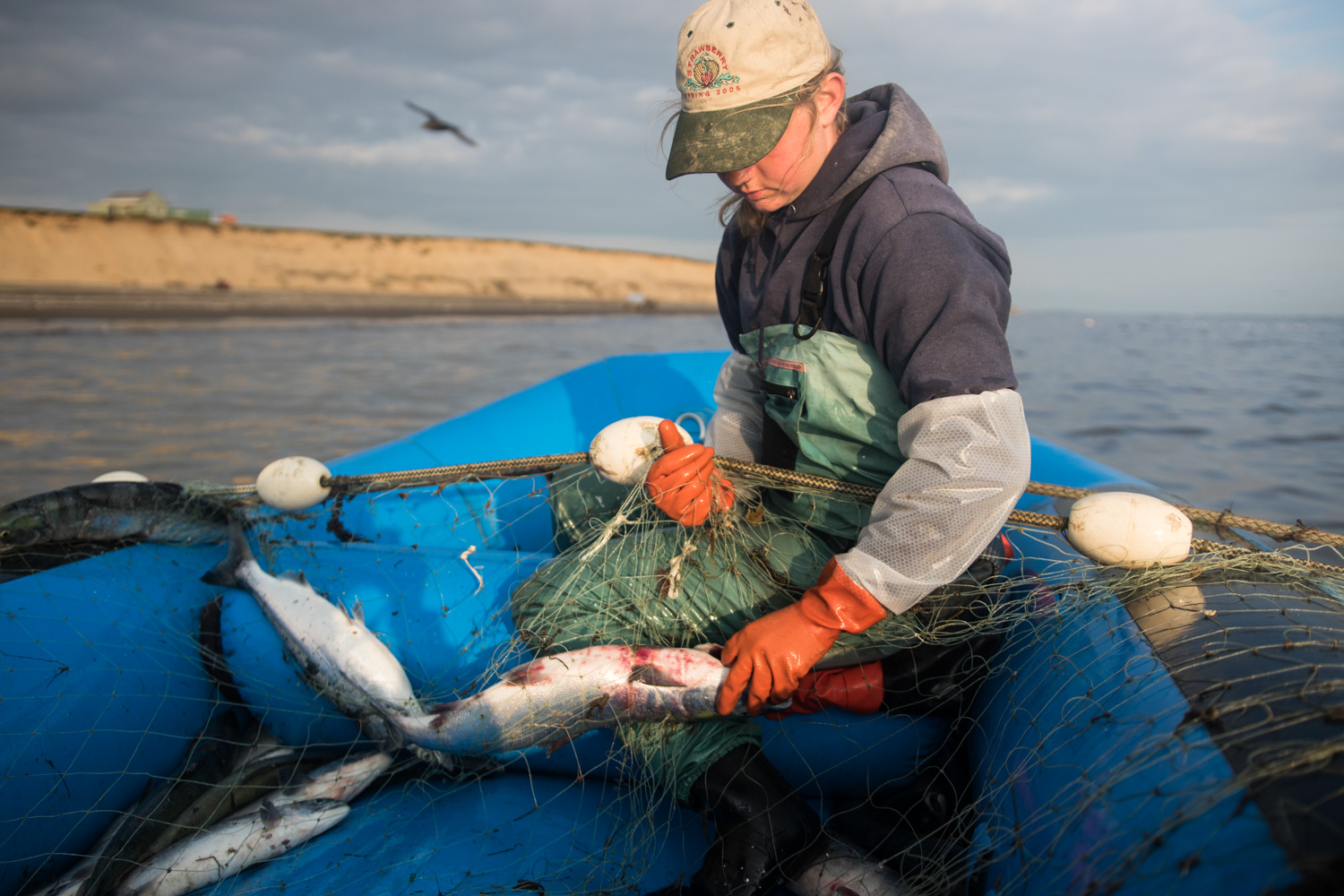

The author filming bears in Alaska — photo by Phoebe Fitz
My family taught me that when you take anything at all from an ecosystem, whether it is salmon or even photos, then it is your responsibility to protect that ecosystem and ensure that it is healthy for the next generation. When I am on the water with the salmon jumping around me as millions of them head towards their natal streams to spawn, when I am filming a massive bear in front of me, I know we cannot risk losing this.
My friend once asked me “How do you save what you love?” and I truly think using your voice, using your vote and taking action can make a difference. Join me and the others from all different communities and political beliefs to protect Bristol Bay and say no to Pebble Mine.
Head to www.alaskabears.earth to contact representatives and email the EPA. For more information on the Pebble Mine, head to United Tribes of Bristol Bay and Save Bristol Bay.
Editor’s note: A previous version of this article stated that these bears have been known to travel 100 miles in a day, but this reference has been corrected to reflect the distance traveled between food resources, not necessarily in one day.
Erin Ranney is a wildlife camerawoman, third generation Bristol Bay commercial fisherman and deep sea video engineer based in Alaska and Washington State with a background in wildlife ecology. She’s spent a significant amount of time exploring remote Alaska where bears had never been filmed before. Learn more at erinranney.com and find her on Instagram @e.ranney.
Be the first to comment